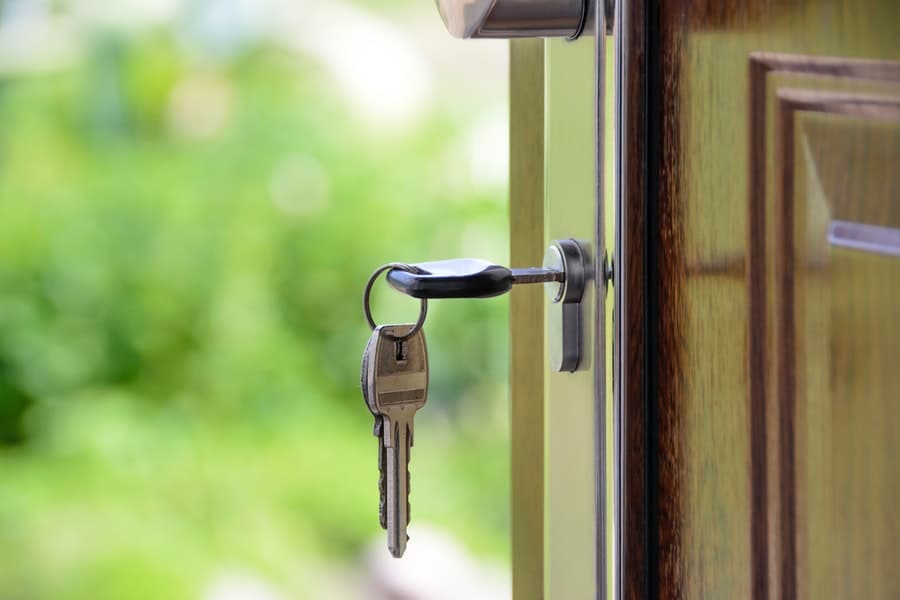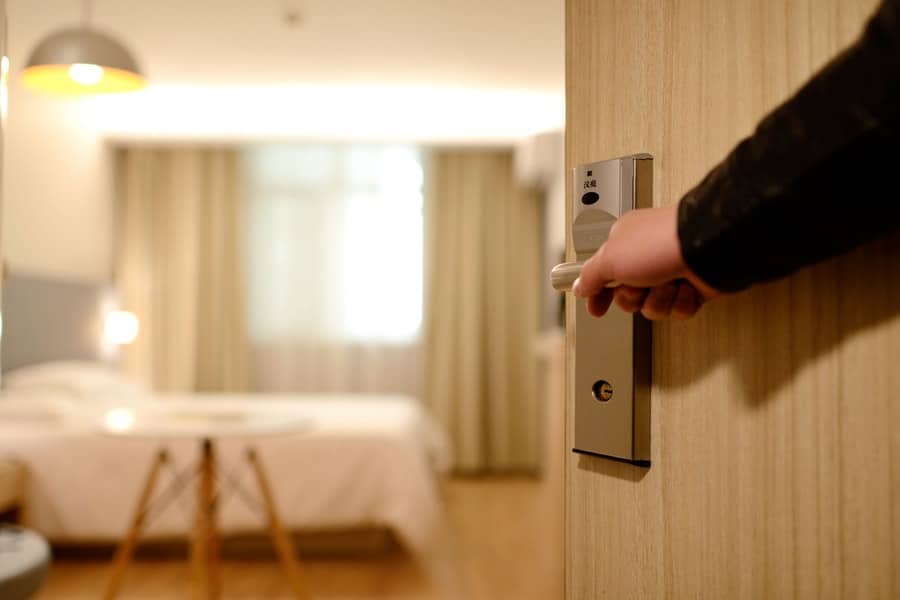When you move from one home to another, it’s a very stressful time. There will be all kinds of little details you’ll need to take care of, and you might not feel quite like yourself for a few days. That can throw off your routine, both in your personal life and at work. But there are ways around the issue, and opportunities for you to get back to being productive more quickly. Here are some ideas to consider, so you can make your move and then return to your workplace as efficiently and easily as possible.

1. Tell Your Colleagues About the Move
When you’re honest with your colleagues and you talk about how busy you are, you can accomplish more and have some good understanding at the same time. Telling your colleagues how busy you are with moving will let them know why you’re so stressed. It will also help them understand why you might be too busy for some of the work you would normally do. If you need them to help you with your workload, or you just need to do a little less for a few days, they’ll realize you have a good reason for the changes. You might also get some offers to help you with your move, which can be very beneficial.
2. Make a “To Do” List of Your Work Obligations
You don’t want to forget something important at work while you’re focusing on your home. That’s why you need to record a “to do” list of the obligations you have at work. By writing things down, you’ll be far less likely to overlook something. Even if you’re taking some time away from your normal work schedule, you might still need to collaborate on a particular project, attend a meeting, or take care of details for a report. You don’t want to forget those things in the midst of your move. Being prepared makes a big difference, and can keep your productivity high, too.
3. Pack Your Essential Moving Day Supplies First
You don’t want to be out of tape, unable to find the scissors, or experiencing similar types of problems on your moving day. Instead of taking that risk, collect everything beforehand and put it in one place. Choose a see-through bag if possible, so you can easily spot everything you need without having to search for it. If you have important papers you need for the move, they should be in a clear plastic folder, as well.

4. Create a Timeline for the Moving-In Process
You want to get moved into your new home and settled there as quickly as possible, without becoming too stressed about the process. If you have a timeline and stick to it, you’ll be far less likely to end up with problems based on how long things are taking. But be sure you’re setting a realistic timeline so you don’t feel like you’re always running behind.
5. Create a Floor Plan for Your New Home
Make sure you know where things are going before you move them in. That’s most important for large pieces of furniture, but can be significant for smaller items, too. The closer everything is to being in the right place when the movers leave your new house, the easier things will be for you as you’re getting settled. That can make the move faster, easier, and not nearly as stressful.
6. Take Pictures of Your Old Home
Having good pictures of your old home makes it easier to see the size of your furniture. That can help you with your move-in plans, and can also help you remember the way you had smaller items arranged. You can more easily keep the same or a similar look in your new house that way, and you also have the opportunity to quickly put things away so you don’t spend a lot of time worrying about where things should be placed.

7. Create an Inventory of Your Possessions
You should have an inventory of all the possessions in your home. By creating one, you’ll know what you have and can tell if anything’s missing. Additionally, that’s a great time to go through and get rid of anything you don’t need or want to keep. You can donate items, trash them, give them to a friend or loved one, or repurpose them in some way. With a decluttered space and a good inventory, you can make your move more easily and then get back to being productive afterward.

